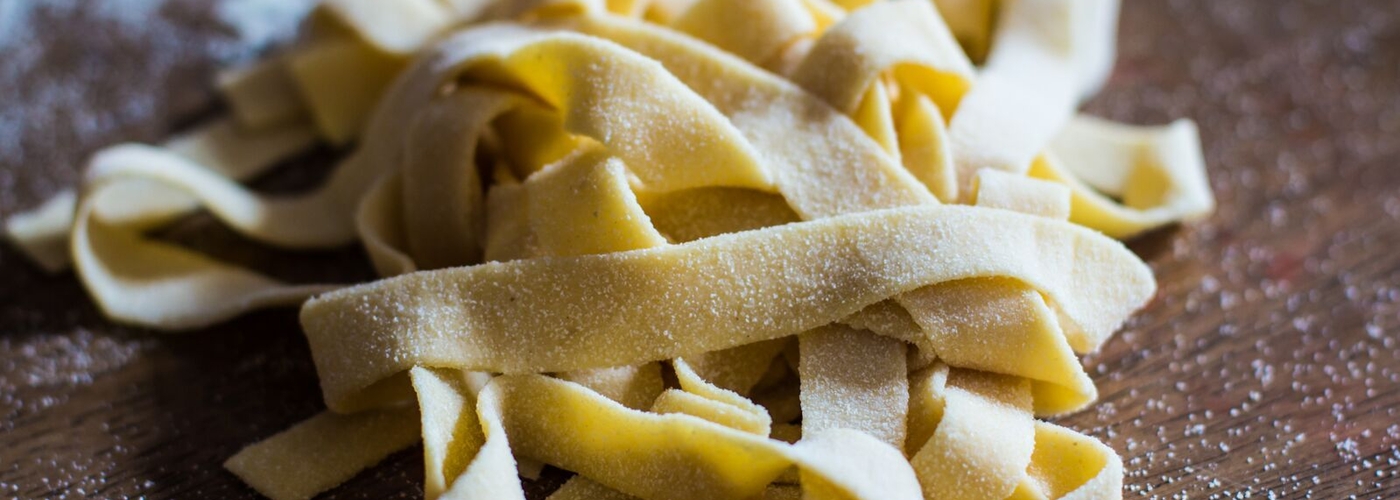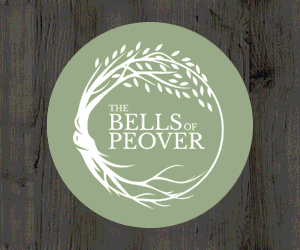The Pasta Factory’s Elisa teaches us a thing or two about the Italian staple
PASTA comes in so many shapes and sizes that the chefs at The Pasta Factory haven’t yet needed to invent their own, despite featuring at least 160 varieties on the 56 different menus they’ve had since opening their Shudehill restaurant a little over three-and-a-half years ago.
In fact, there are so many types of pasta that one of the three co-owners Elisa tells us how despite everyone in Italy having their favourite, rarely do they cross over – hers, for the record, is farfalle butterflies, slightly overdone, because that’s how she ate them as a bambina. Careful cooking is a must in all other instances – al dente is the only way to be authentically Italian – and attention must be taken during draining with shapes like the semi-circular penne-style ‘pipe’ pasta; although, on the plus side, that’s why it holds a meaty tomato sauce so well, like a mini cannellone.

Shape and sauce is a Big Thing. You don’t put pipe pasta with seafood, for example; that’s the job of the spaghetti gang: Capelli d’Angelo (angel hair), bucatini, spaghettini, spaghetti no2 through no5, pici, tagliolini, tagliatelle, alla chitarra… you get the picture. Today’s specials board is touting the Reginette alla Genovese, a frilly pasta with octopus, and we like the sound of the radiatori – ridged like an old-fashioned radiator. Shape can also be a result of artistic tendencies, as with ravioli, which can be round, square, triangular or even made to resemble the sun. At The Pasta Factory, the owners and chefs all hail from different parts of the mother land, and, as each region has its own particular speciality, this background contributes to some of the menu suggestions. Elisa is originally from Piedmont (specifically from a small village near Turin), where the local dish is Ravioli del Plin, a three-sided parcel with a fold, containing three types of roast meat, Parmesan, eggs and cabbage. Maybe that’s why it’s not made the grade yet at The Pasta Factory. Or because you eat it out of a napkin.

Of course, there’s a vast difference between fresh pasta and dried pasta (and especially between the rougher, more porous bronze dyed dried pasta and their smooth mass-produced counterparts): it tastes more rubbery (in a good way) and is better at holding sauce, and, as it’s made from scratch, it can also be manipulated in terms of colour, adding even more to the varieties available. At The Pasta Factory, red wine is sometimes added to the basic flour and water mix, creating a dark claret pasta that’s great with venison ragu, for example. Basil results in a bright green number, and squid ink turns the dough black, offering a dramatic backdrop to ingredients like salmon, pink peppercorns and pistachios.
Another surprise is Trottole al Cioccolato, which you can buy from The Pasta Factory to use at home, and chocolate ravioli, served in the restaurant for dessert – with almonds and amaretti biscuits, orange cream and toasted pinenuts for a non-vegan option and dried figs and coconut sauce for a vegan version. Mamma mia, that’s one heck of an Italian lesson!
Find out more about The Pasta Factory here.















